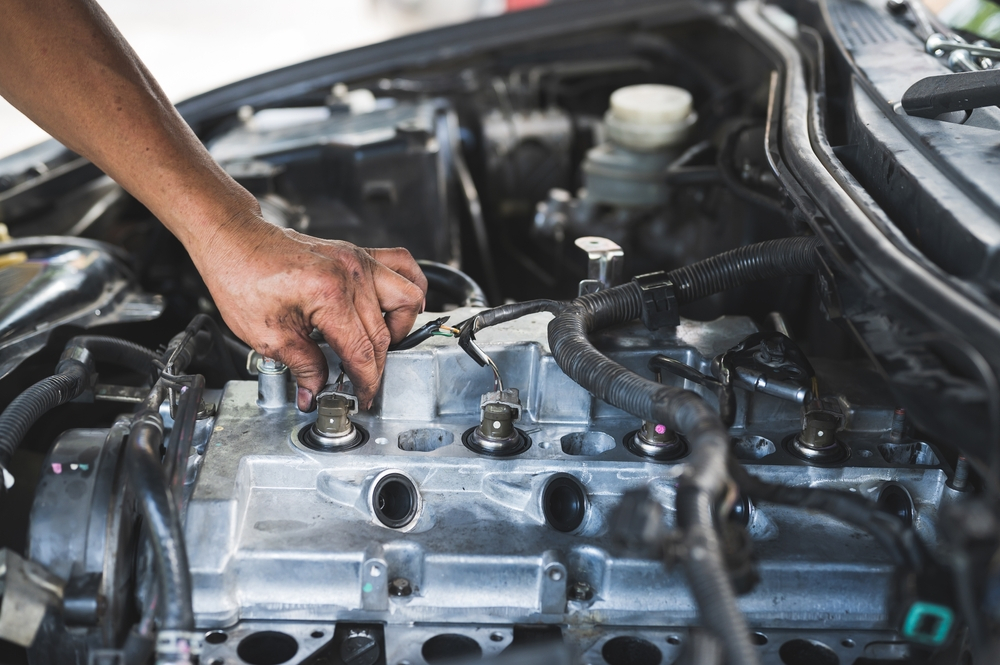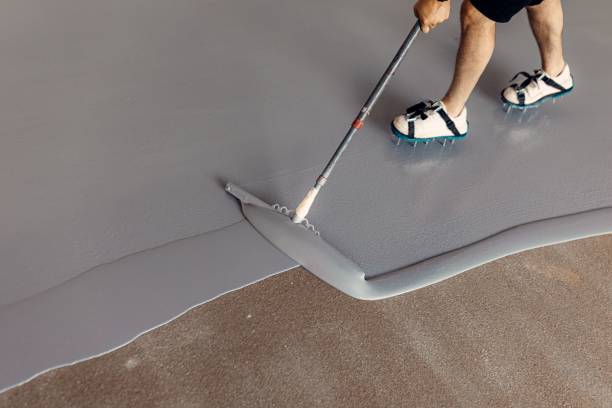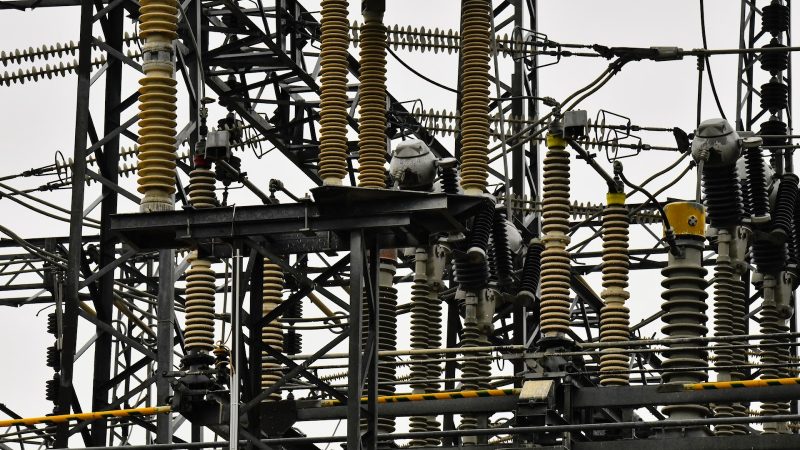Key Features to Consider When Choosing the Best OEM Automotive Wiring Connectors

Choosing a suitable connector is the key to ensuring a system works well. Suitable OEM automotive wiring connectors can make your system lighter, smaller, and easier to use. You shouldn’t try to save money here, as the wrong connector system can result in costly maintenance, client defection, and lost revenue.
At the start of the systems design process, you need to do enough research on the connectors and cables to come up with the best design. Follow these steps to find the best connector as early as possible in the design process. This will positively affect the design, usability, and cost of your whole device.
OEM Automotive Wiring Connectors: Important Things to Consider
Size and Power Handling
As automakers add more features, the number of devices needing power increases because more devices are connected. But the design space is still, for the most part, limited and stays the same. Miniaturization has been a big industry trend for a few years, and power handling and small connectors are two parts of the solution. So, when looking into interconnecting systems, you should look for the best combination of small size and power handling for the job.
How It Works and What It Needs to Do
Until not too long ago, choosing a smaller connector often meant making sacrifices or giving up features because of the smaller size. But this is about to change. Today, connector suppliers offer a growing number of miniature connector systems that meet the temperature, vibration and sealing requirements of OEMs worldwide. There may also be a secondary locking feature, a clip retainer, a latch protection feature, and another option for these interconnects.
In short, don’t change the performance or specifications of a connector unless you have to. Since big companies are always putting out new lines of small, high-current connectors, likely, you won’t have to settle for anything.
Extensive Wire Size Range
OEMs can use a connector system with a wide range of wires for many applications and systems throughout the car. Even if the amperage needs to change, the OEM automotive wiring connectors can stay the same.
Only the wire size needs to change. Using a single connector system more than once can speed up, simplify, and streamline design, manufacturing, and inventory management. It also allows OEMs to get price breaks for buying in bulk. It is beneficial to have a wire size range that supports and holds a connector’s specified ingress protection (IP) standard.
Flexibility
When a connector system is flexible, it can be used in more ways and fit together better. It also means that there are more ways to improve the electrical design and the overall vehicle experience. Conversely, OEMs have more chances to save space, weight, time, and money the more flexible a connector system is, especially a miniature connector system.
Options like polarization and colour-coding options, connector position assurance (CPA) features, and PCB header and cable relay connection options are also examples of flexibility. Ask suppliers of connectors if they have any plans to make their systems even more flexible and valuable. For example, plans to increase the number of pins and add versions that can handle higher temperatures or are covered could help designers improve systems as technologies change.
Conclusion
Each application for a connector is different and has its own set of design rules, cost goals, and signal combinations. Use these tips to narrow your choices and find the best type of OEM automotive wiring connectors for your needs.






